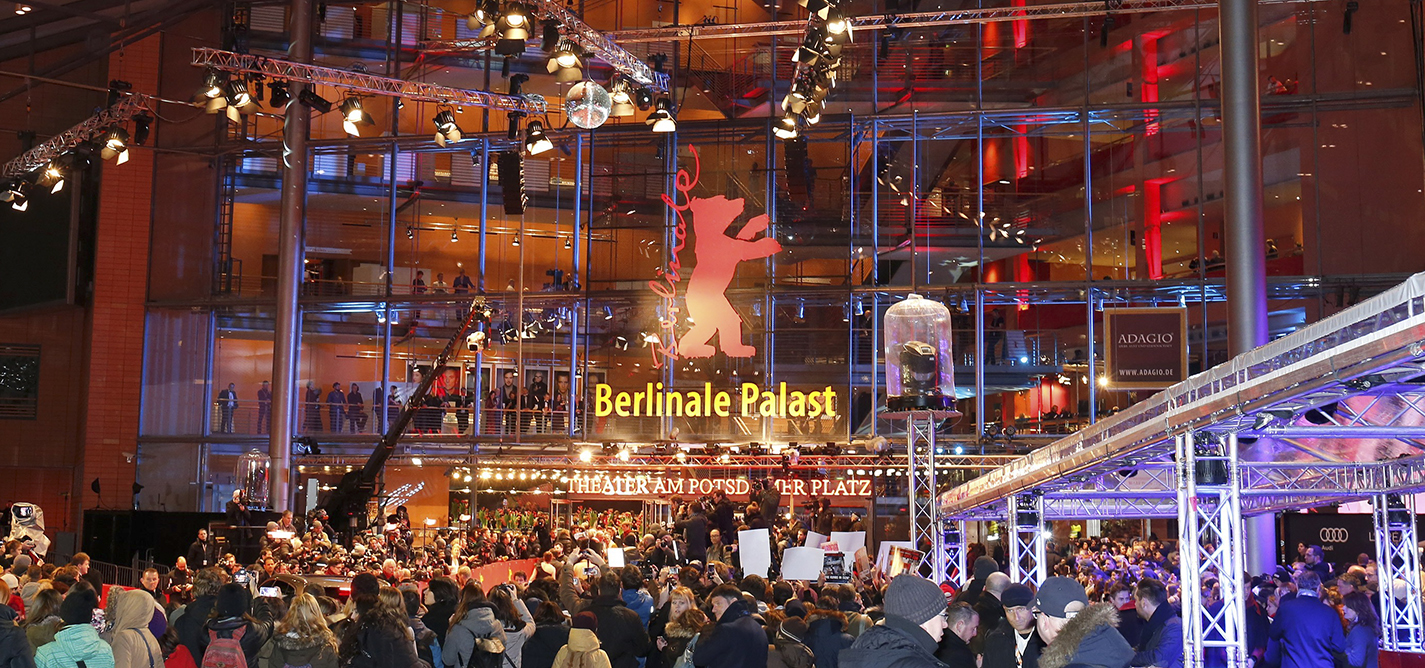
Balkan cinema at the Berlinale
Regional authors question the concept of Balkan film at the 69th Berlinale.
|2019.02.15
|
Berlinale 2019

Mirza Skenderagic
Mirza Skenderagić studied journalism and screenplay. His documentary “I Can Speak” was awarded a Golden Apple at the 13th Bosnian-Herzegovinian Film Festival in New York, and was recognized at the Pravo Ljudski film festival in 2016. For his drama “Wake Me Up When You Finish” he received a Heartefact award for best regional modern engaged drama.
This story was originally written in Serbian.